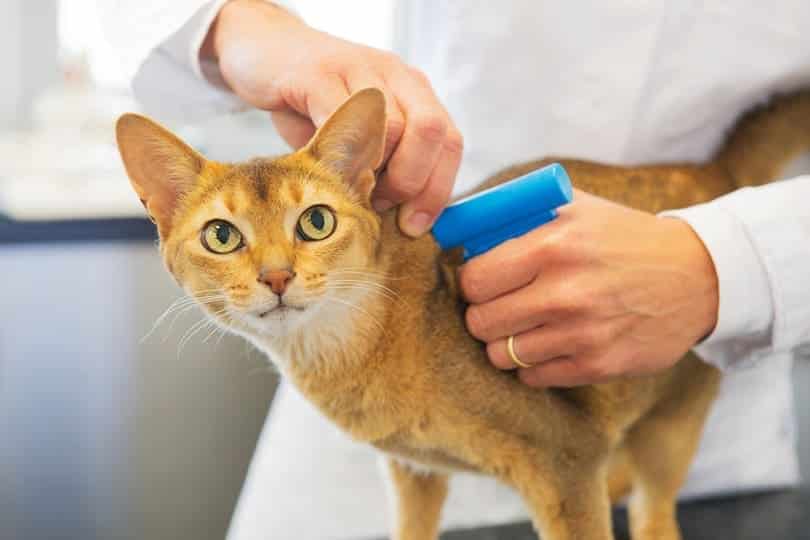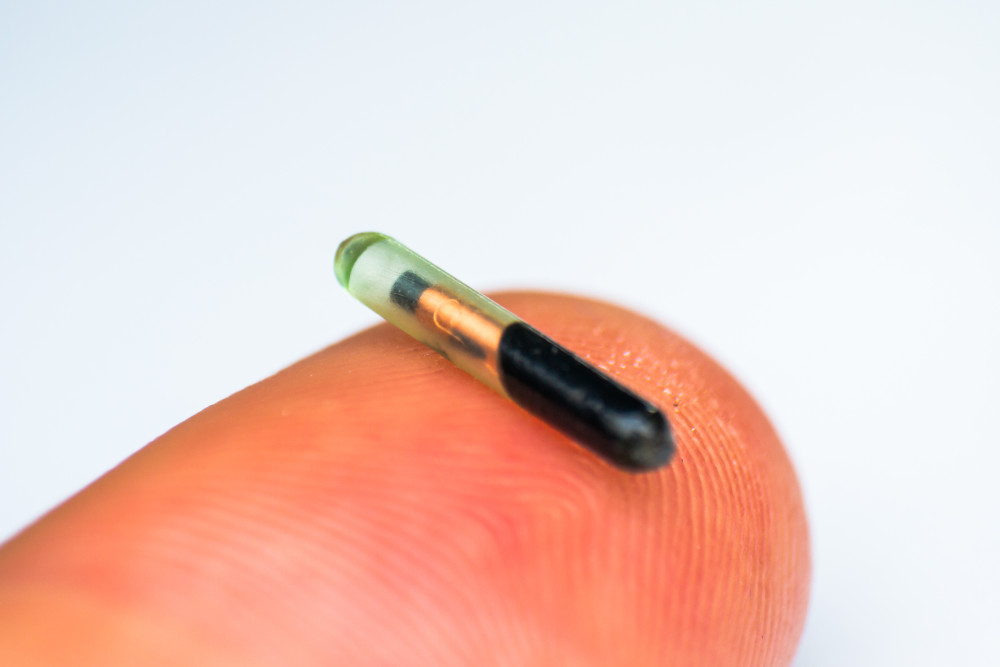May is National Microchip Month

Millions of cats go missing each year, and statistically, those without microchips have less than a 5% chance of being reunited with their families. Cats with microchips, on the other hand, are more than twenty times as likely to be returned to their owners.
 Even the most vigilant owners can’t always keep their cats safe. While most indoor cats tend to remain inside, many may escape if someone opens a door at the wrong time or if they push through a loose window screen when something outside catches their eye. Being unfamiliar with their new surroundings, they, quite naturally, get scared and may not know how to find their way home.
Even the most vigilant owners can’t always keep their cats safe. While most indoor cats tend to remain inside, many may escape if someone opens a door at the wrong time or if they push through a loose window screen when something outside catches their eye. Being unfamiliar with their new surroundings, they, quite naturally, get scared and may not know how to find their way home.
While cat collars are a visible form of identification, they can either fall off accidentally or be removed intentionally. If your cat wears a collar, ensure they’re a breakaway type that won’t get caught on anything and injure her. But remember: as tags grow old, worn and faded, the information on them may become illegible, thereby rendering them impermanent forms of identification.
Microchipping is a simple and safe procedure. A veterinarian injects a microchip — the size of a grain of rice — beneath the surface of your cat’s skin between the shoulder blades. Similar to a routine shot, it takes only a few seconds and most cats don’t even feel it. A microchip is permanent and will last the life of your cat. Immediately following the procedure, your cat must be registered with the microchip company (usually for a one-time fee), thus storing her unique, alpha-numeric code in the company’s database.
Whenever a lost cat appears at a shelter, humane society or veterinary clinic, she will automatically be scanned for a microchip. If there is one, the screen of the handheld scanner will display that cat’s specific code. A simple call to the recovery database using a toll free 800 number enables the code to be traced back to the cat’s owner. But in order for the system to work efficiently, all owners are cautioned to keep their contact information up-to-date.
Since no method of identification is perfect, the best way for owners to protect their cats is to keep current ID tags on them, microchip them, and never allow them to roam free.
This month, make microchipping YOUR precious pet a MUST.


